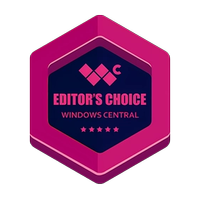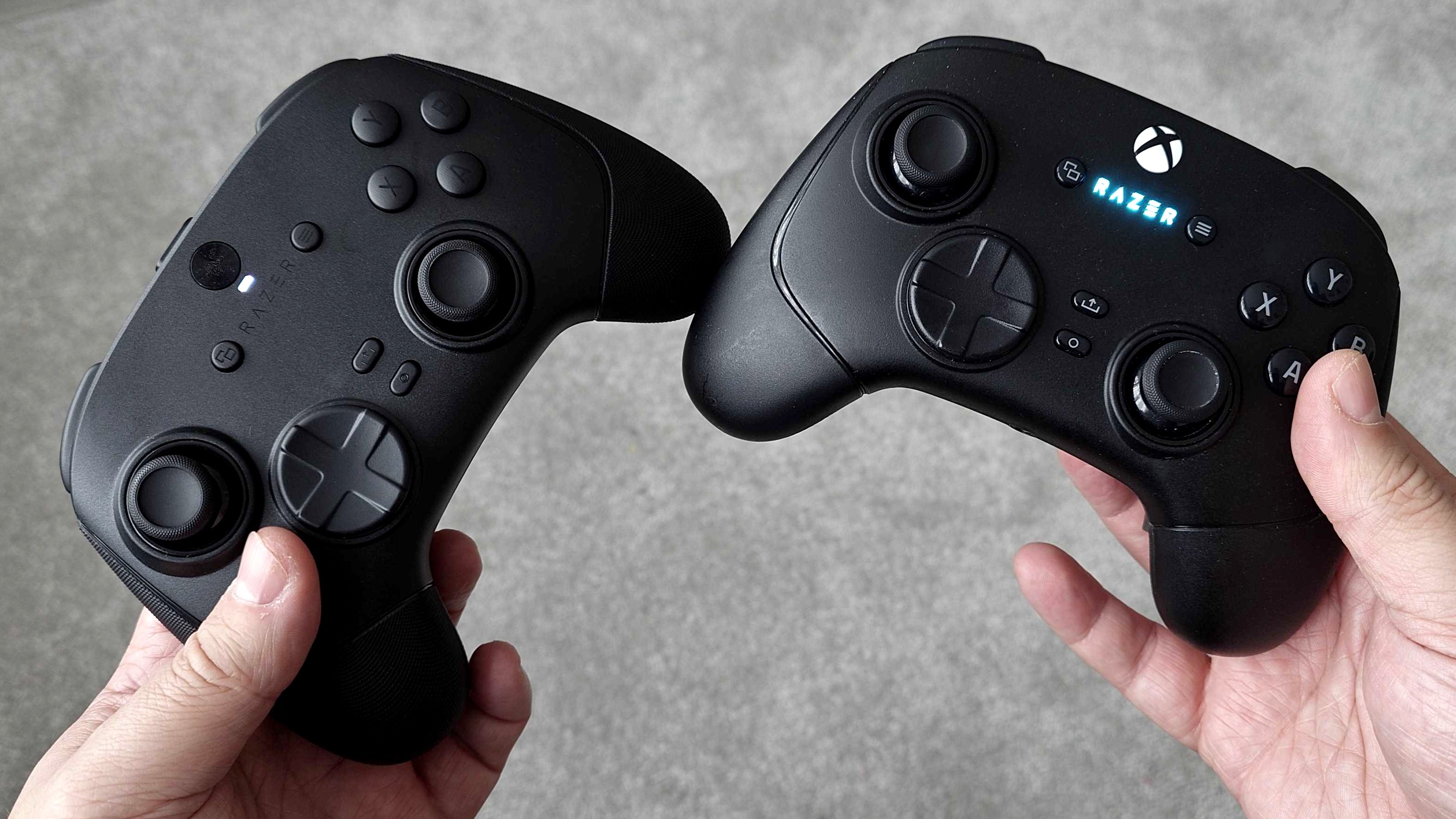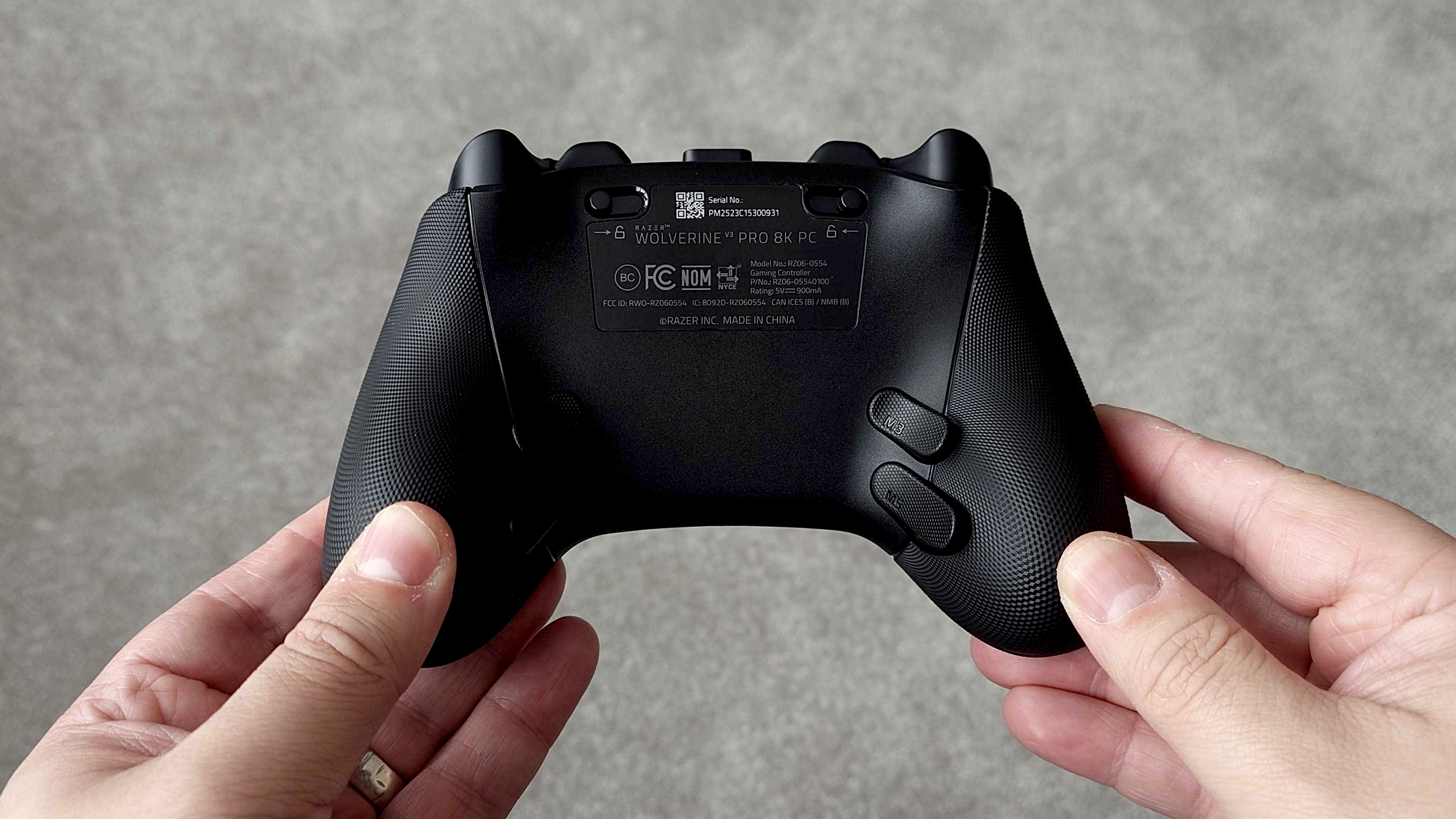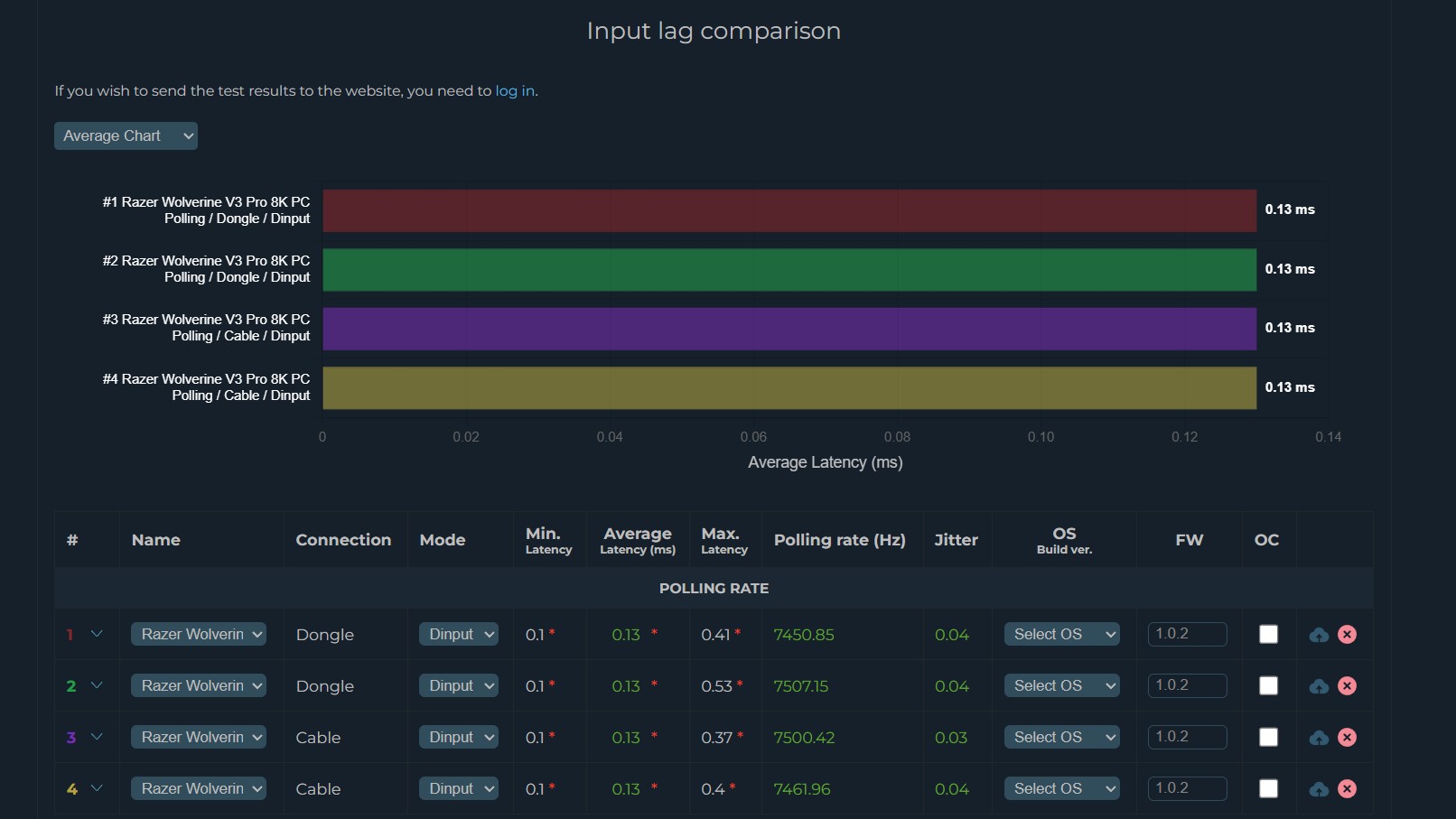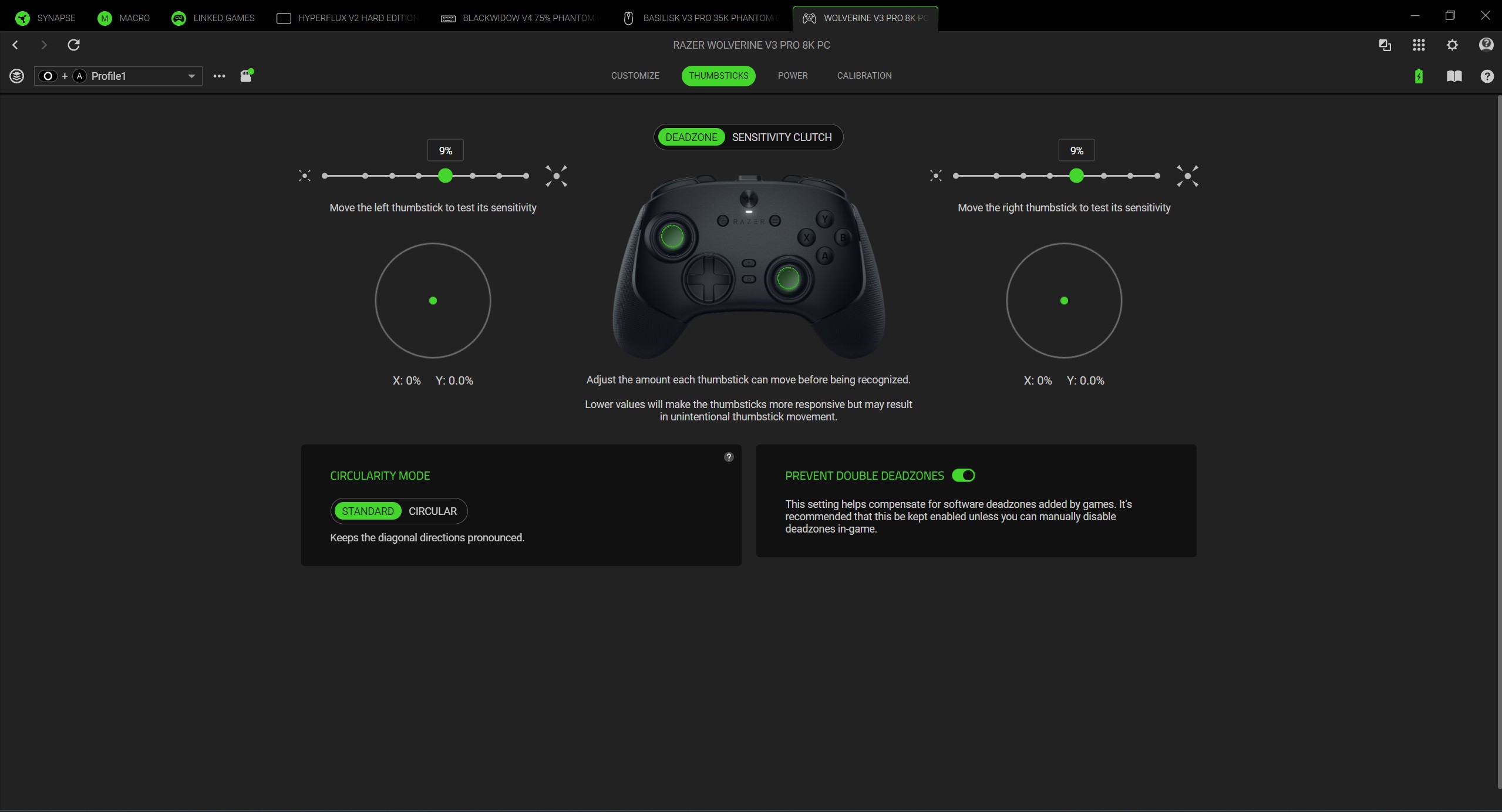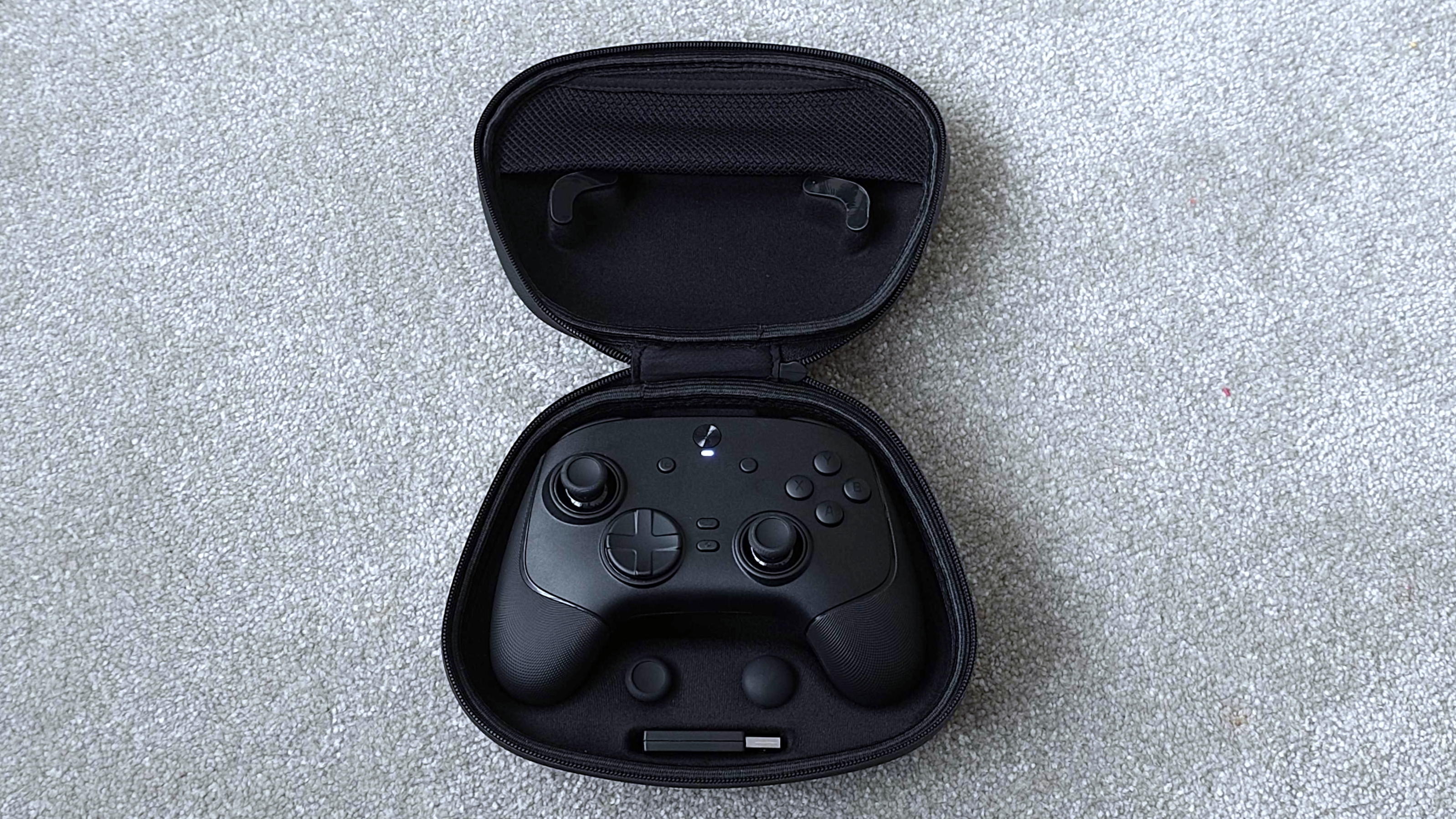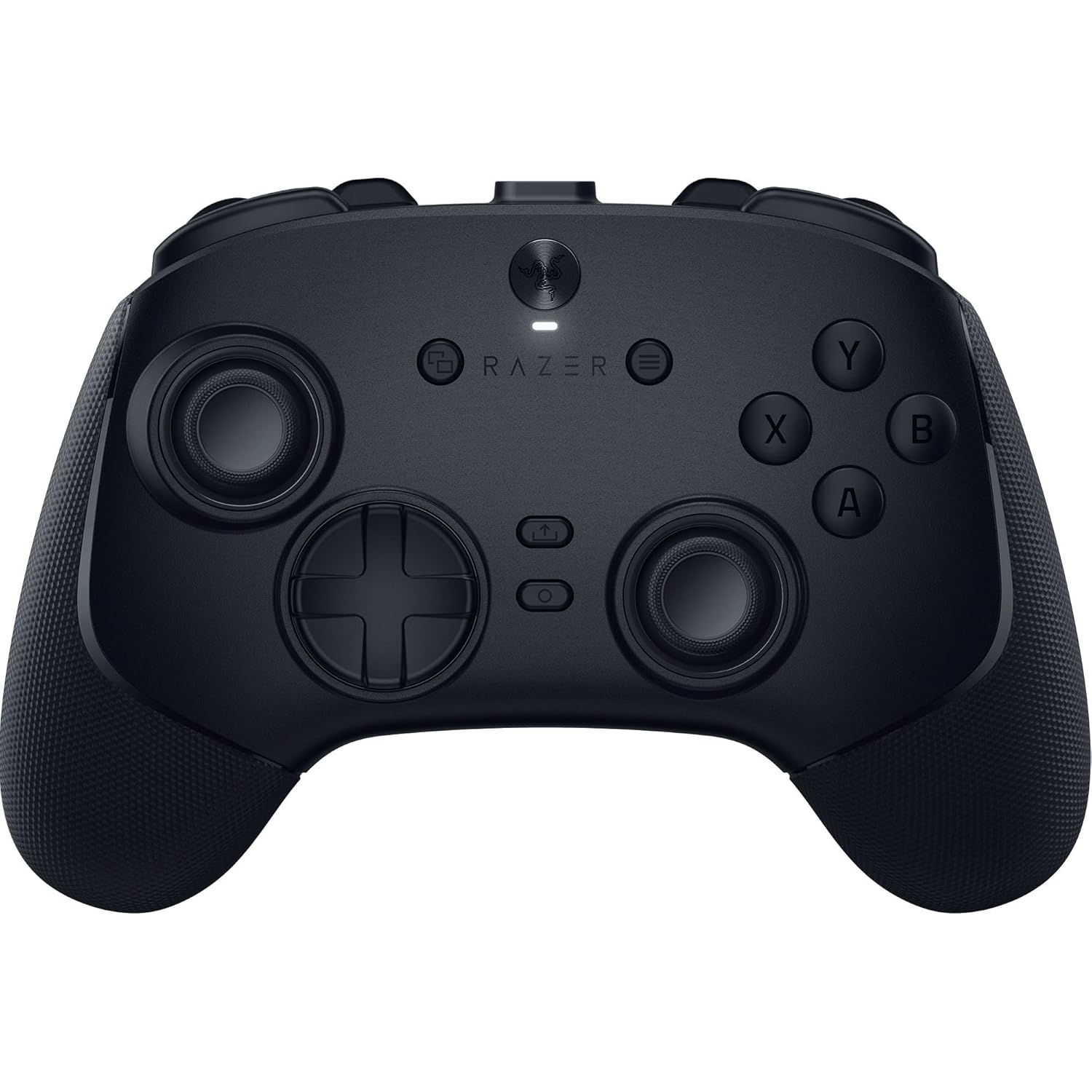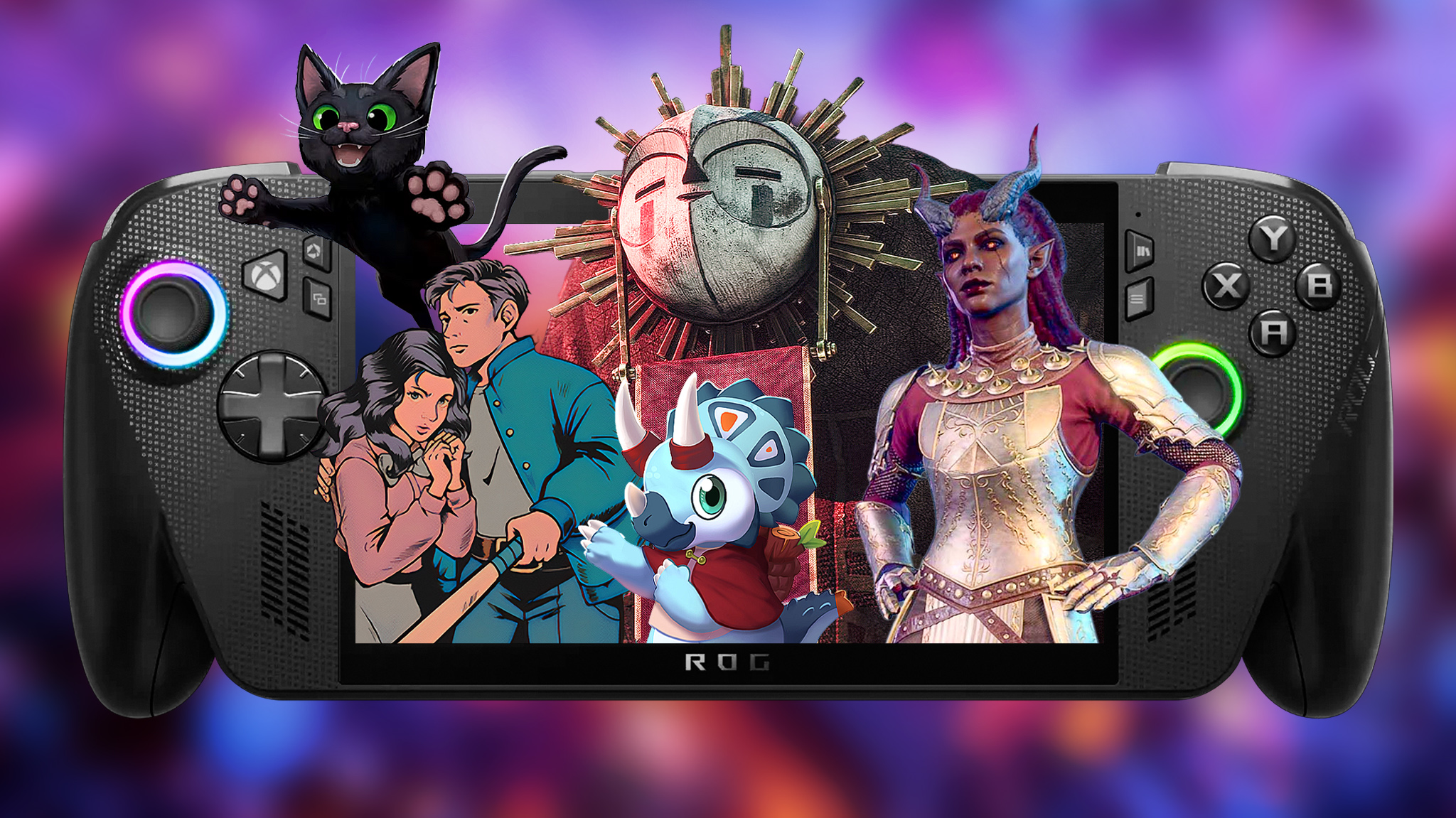Windows Central Verdict
There's nothing else like the Razer Wolverine V3 Pro 8K PC right now. On a technical level, it's without equal. You won't be able to see what 8,000Hz looks like, but it delivers what it promises, and for the top-level player, this is an unmatched controller. I know what I'll be playing Black Ops 7 with.
Pros
- +
Class leading 8,000Hz polling rate
- +
No degradation in performance when used wirelessly
- +
Xbox controller layout
- +
Massively customizable
- +
TMR thumbsticks and mouse click buttons
Cons
- -
Fairly expensive
- -
No Bluetooth connectivity
- -
Battery life isn't great
Why you can trust Windows Central
When I reviewed the Razer Wolverine V3 Pro back in late 2024, I had no hesitation calling it "the closest thing we have to Xbox controller perfection." There were some minor grumbles, and in the year or so since, there have been a couple of issues to fix.
But the controller itself was, at the time, about the best-equipped controller for the enthusiast crowd and pro players. Razer doesn't sit still, though, and recently I've been using and loving the Raiju V3 Pro, a PS5 and PC controller packed with even more tech.
What I'm looking at here, though, is something which combines bits of both of these controllers, while also delivering something only possible right now on PC.
The Wolverine V3 Pro 8K PC (to give its full birth name) is a Wolverine V3 Pro on the outside, upgraded a bit on the inside, and given a whopping 8,000Hz polling rate, something virtually no other controller on the planet has as standard.
If you want the best performance out of the box, this is it. This is the one. It's here in time for Black Ops 7, and I think that I'll be using it to play.
This review was made possible thanks to a review sample supplied by Razer. The company did not see or have any input into its contents.
How does the Wolverine V3 Pro 8K PC differ from the Wolverine V3 Pro
The overall look and feel of the Wolverine V3 Pro 8K PC is almost the same as last year's Wolverine V3 Pro. Obviously, there's no Xbox button, but you can still use the Razer button (located in its place) to launch the Xbox Game Bar on PC if you wish.
The grips are better on the Wolverine V3 Pro 8K PC, too, wrapping around the front of the controller. It has all the same buttons as the Xbox version, and they're in all the same places, but visually it's a full black on black stealth look, which I dig.
As it's a PC only controller, the headset jack has gone from the bottom, and, as with the Raiju V3 Pro, this being a controller aimed at pro players, there are no rumble motors inside. The positive side effect is that it weighs noticeably less than the Xbox version. 84g less (0.19lbs) to be precise.
The polling rate is the big selling point, though. A number of the keenest players resort to "overclocking" their controllers to increase the polling rate. With this, you don't have to. The Wolverine V3 Pro is still pretty hot with a 1,000Hz polling rate on PC, but it pales next to its newer sibling.
For context, the Wolverine V3 Pro tops out at 250Hz on Xbox Series X|S. 8,000 is a lot more.
Why should I even care about a higher polling rate?
In the same way you want a gaming monitor with a high refresh rate and low response time, in a competitive environment, you want your controller to be fast, too. That means the lowest input latency you can manage, and for that, you want a high polling rate.
It's all about giving yourself every slight edge.
The polling rate is simply how often your controller talks to the PC. 8,000Hz means the Wolverine V3 Pro 8K PC is reporting your inputs to the PC 8,000 times per second.
That means a polling interval, or latency, is an absurdly low 0.125ms. At 1,000Hz, it's a whopping 1ms. I say that jokingly, because in all truth, a human being is unlikely to be able to tell the difference.
But compared to a standard Xbox controller, which is just 125Hz, or even the Wolverine V3 Pro at 250Hz on Xbox, with 8ms and 4ms polling intervals respectively, you can see the difference playing on PC can have at the very leading edge.
Faster means better. If you have the best monitor, the best PC, you want the best controller to go with it. Razer's unfair advantage is in full swing.
So what's the Wolverine V3 Pro 8K PC like to use?
TMR thumbsticks with swappable caps
8,000 Hz polling rate (wired and wireless)
Razer HyperSpeed Wireless or USB-C connection
Mouse click rear buttons
Mecha-tactile PBT face buttons
Razer Pro Hall Effect HyperTriggers with mouse click trigger stops
220 g / 0.49 lb
The tl;dr version is that it's utterly glorious. It's as comfortable to hold and use as the Wolverine V3 Pro, with the added bonus of being significantly lighter. When you get to my age, that's important. My wrists ache much less after a long session using the lighter, PC-only version.
Has the insane performance made me a better player? No amount of technology could do that, and truthfully, I cannot perceive any difference on screen between this, the Wolverine V3 Pro at 1,000Hz, and the Raiju V3 Pro at 2,000Hz. But it's there doing its thing, and it's as responsive a controller as I've ever put my meat hooks on.
In my testing, too, using the Polling tester by Gamepadla, it's delivering. In multiple tests, it reports a polling rate of around 7,500Hz, which, sure, isn't 8,000, but it's very close. It's also dependent on your PC.
For example, using the USB ports on my PC case, it tops out at 6,250Hz, but connected to a USB port on the motherboard yields the best performance of closer to 8,000Hz. A latency of less than 0.2ms is absurd, and the best you're going to get right now on any pro-grade controller.
Better still, the performance seems to be almost identical whether connected via USB cable or using the HyperSpeed Wireless dongle. Running the same test while connected using the dongle yielded nearly indistinguishable performance wirelessly versus wired.
That in itself is award-worthy. Traditionally, you expect to lose performance when you lose the cable, but not in this case. Objectively, the Wolverine V3 Pro 8K PC is as good to use wired as it is wireless.
Assuming you don't factor in the battery life, which, well, is not great. It wasn't great on the Xbox version, and with more performance, it doesn't get better. You can use Synapse 4 to help, such as making sure it turns off when you stop using it, but my advice would be to use it wired. That's what I do on console or PC these days, anyway, because I don't want to have to worry about it.
As with the Raiju V3 Pro that I reviewed recently, I adore the addition of TMR thumbsticks. I still can't quantify why I like them so much or how they feel better than Hall Effect, but they do. Or I think they do. There's just something about them that you notice when you start to use them.
The Wolverine V3 Pro 8K PC can also make the absolute most of them. TMR sticks can register a higher accuracy with stick position. With the absurd polling rate on tap here, you can guarantee that every little movement is accurately translated into your game.
As with Razer's other pro-grade controllers, it ships with a couple of additional thumbsticks you can swap out. One has a convex curve, and one is the same as the stock sticks, only longer.
Is there anything the Wolverine V3 Pro 8K PC doesn't have?
For a controller that has everything, there are things it doesn't have that some may miss. I've already talked about the rumble motors, the absence of which doesn't make this a good choice for, say, racing games.
The crazy lightness can also leave the Wolverine V3 Pro 8K PC feeling a little hollow, and even cheap. The plastics are the same as on the Wolverine V3 Pro, but the weight can certainly trick you into thinking it's not built as well.
Despite being Razer's highest spec controller, it doesn't quite have all the features, either. Notably, the Rapid Trigger and Digital Trigger features that was added to the Wolverine V3 Pro and came out of the box on the Raiju V3 Pro.
Given the sheer speed of the Wolverine V3 Pro 8K, such features missing aren't necessarily a dealbreaker, but it's still worth highlighting.
It's also worth pointing out that there's no Bluetooth connectivity on this controller, either. If you want to go wireless, you have to use the dongle. Bluetooth isn't exactly keeping with the theme of performance, but if you're on the move, you do at least have a carry case with a slot to keep the dongle in, so you don't forget it.
Should you buy the Razer Wolverine V3 Pro 8K PC?
It's hard to come up with a true alternative or comparison to this controller, because there's simply nothing else like it right now.
The obvious disclaimer is that unless you know you definitely only want a controller for PC play, then this one isn't for you. However, if you do, it's hard to beat on a technical level, and there are additional benefits.
For one, while it's still expensive, being a PC-only controller means it's actually cheaper than the list price for the Wolverine V3 Pro or the Raiju V3 Pro in some locations, such as the UK (sadly, they're the same price in the U.S.) Therefore, if you're a PC player, you can save a bit of cash and get more performance.
I can't think of another controller I'd recommend more than this right now to the enthusiast or pro crowd for PC. There are no real compromises, even if you want to use it wirelessly, and it removes the need for any thoughts of using third-party tools to overclock another controller.
The differences may be unperceivable to the naked eye, but the performance is there, and the testing backs it up. If you want the fastest PC controller on the planet, this is it. And if you want all this but don't care about going wireless, you can save $80 and get the Wolverine V3 Pro 8K PC Tournament Edition, instead.
With Call of Duty: Black Ops 7 on the horizon, and Battlefield 6 already here, this would be a perfect controller for either.

Follow Windows Central on Google News to keep our latest news, insights, and features at the top of your feeds!
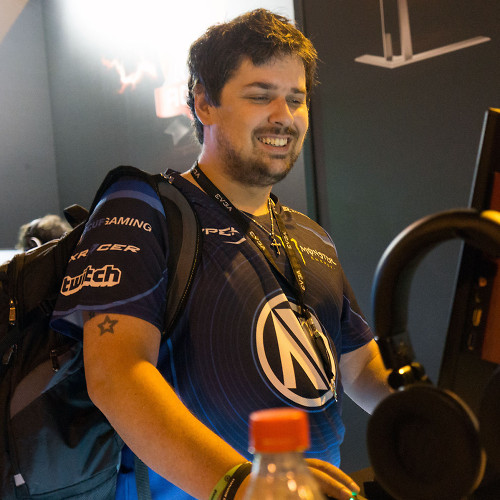
Richard Devine is a Managing Editor at Windows Central with over a decade of experience. A former Project Manager and long-term tech addict, he joined Mobile Nations in 2011 and has been found on Android Central and iMore as well as Windows Central. Currently, you'll find him steering the site's coverage of all manner of PC hardware and reviews. Find him on Mastodon at mstdn.social/@richdevine
You must confirm your public display name before commenting
Please logout and then login again, you will then be prompted to enter your display name.

